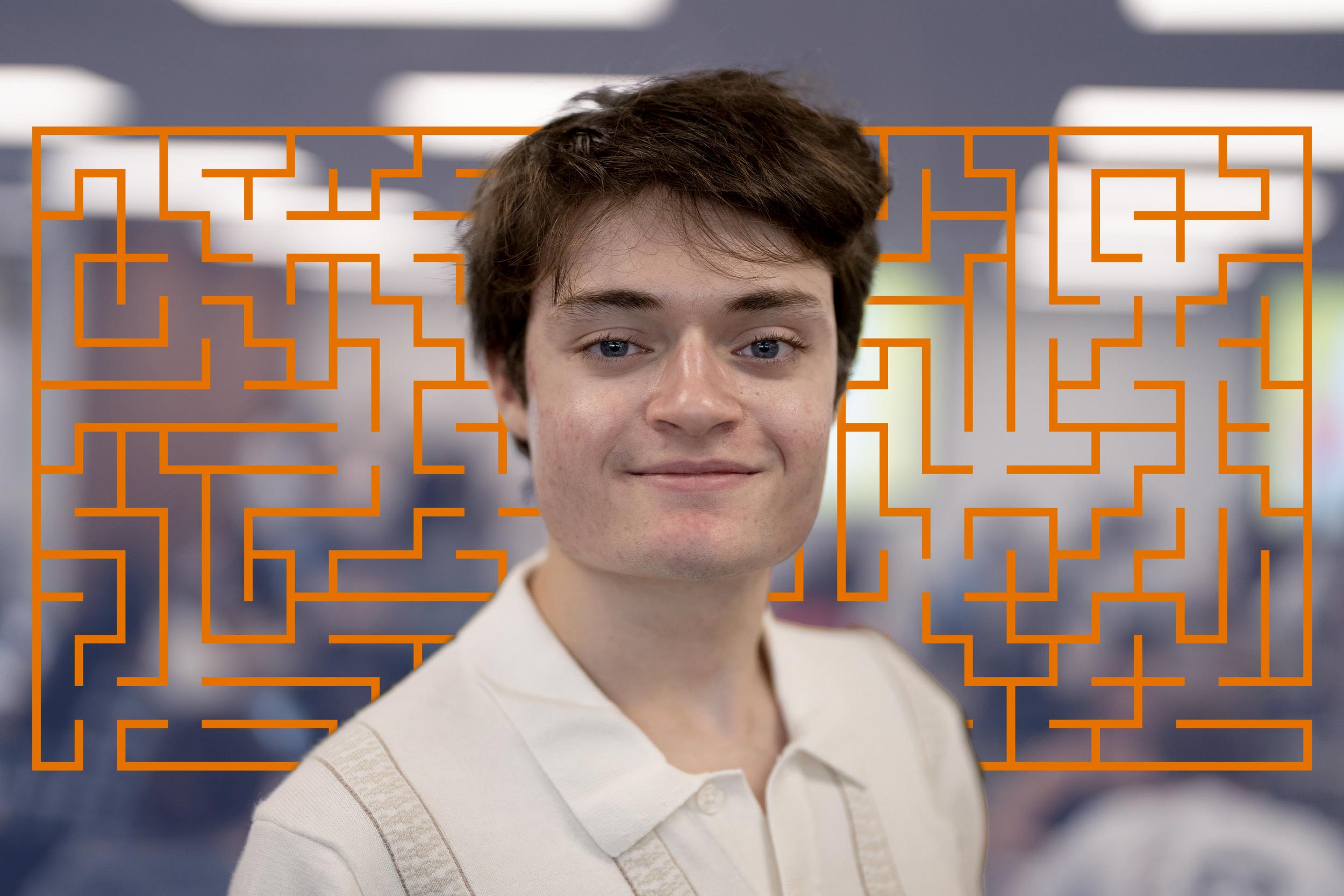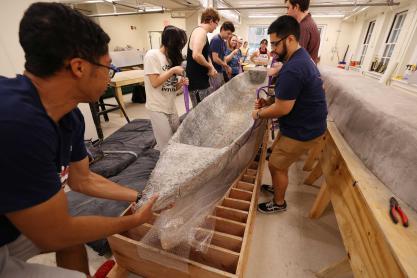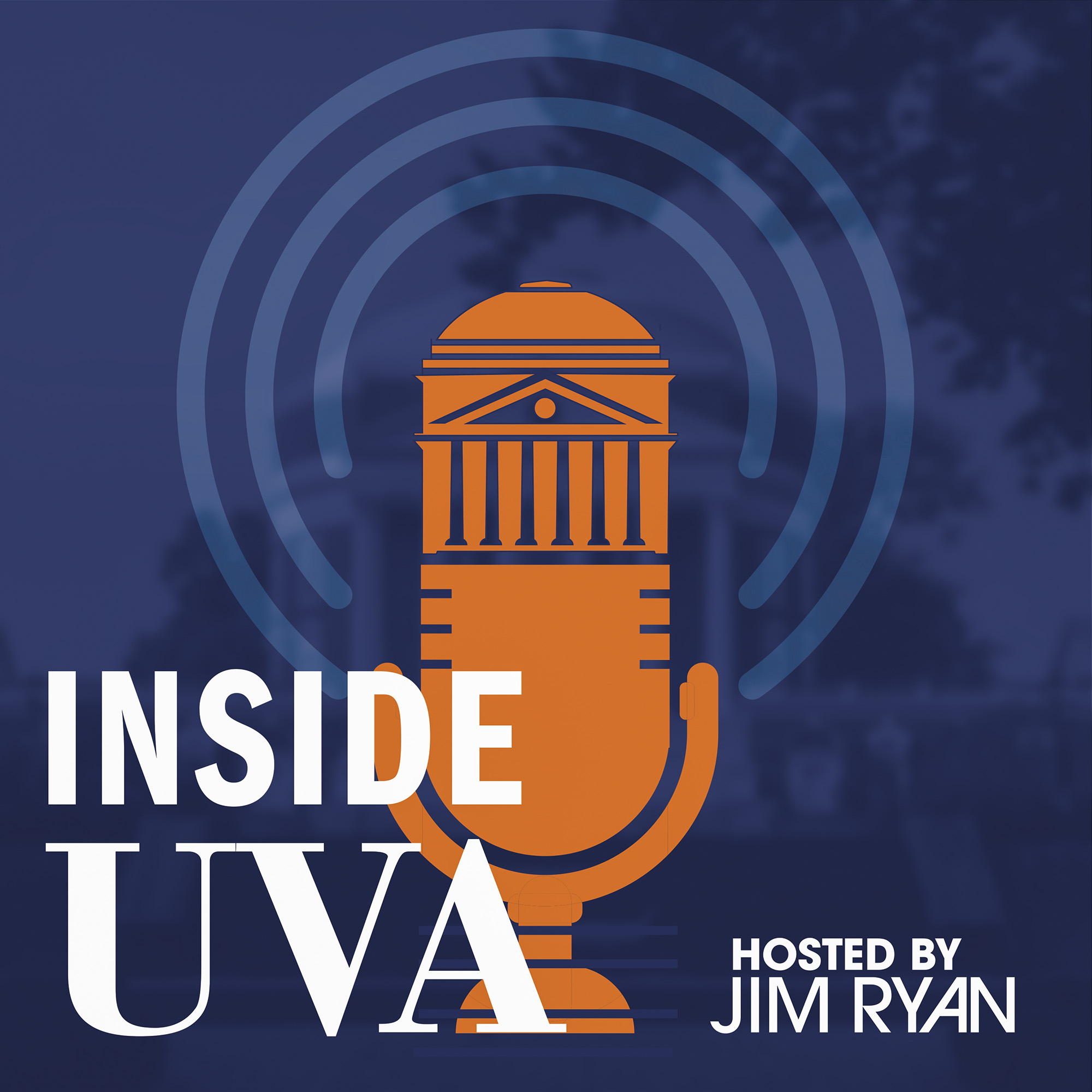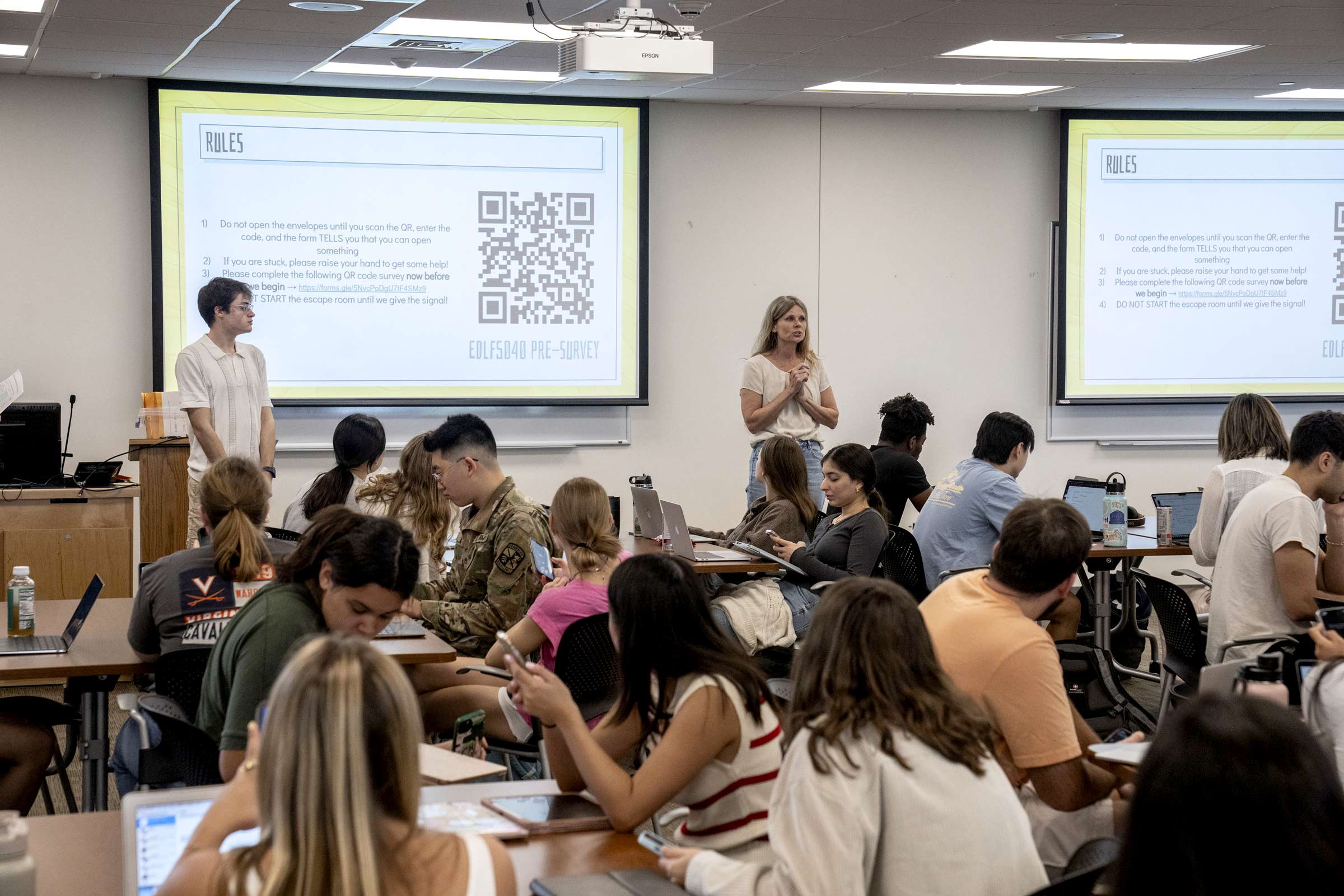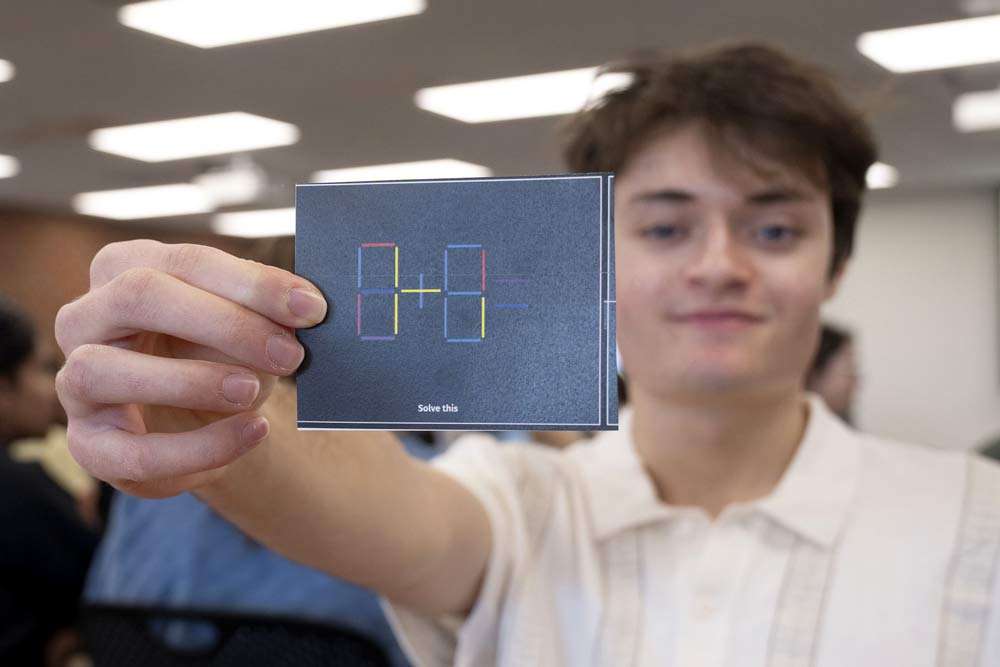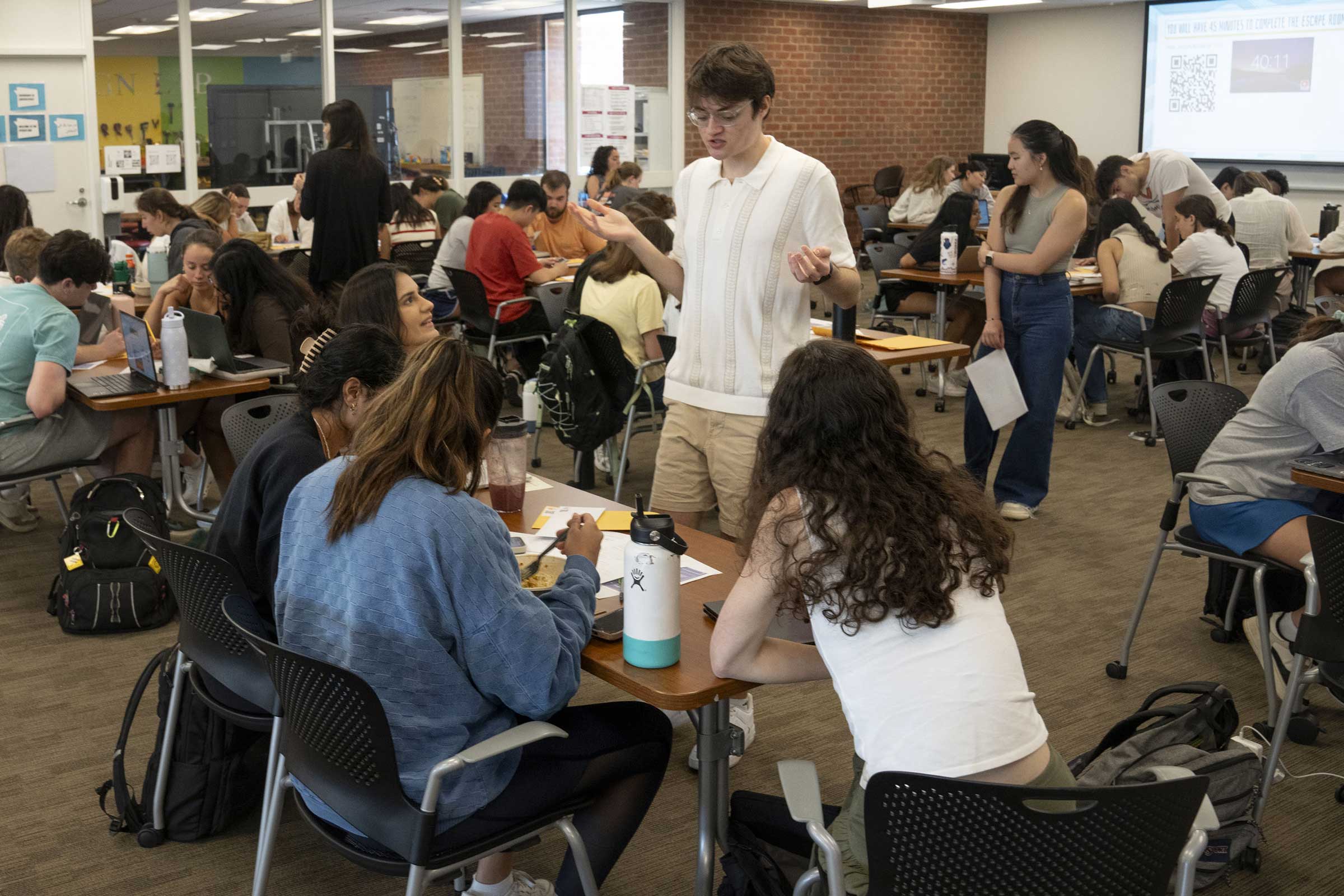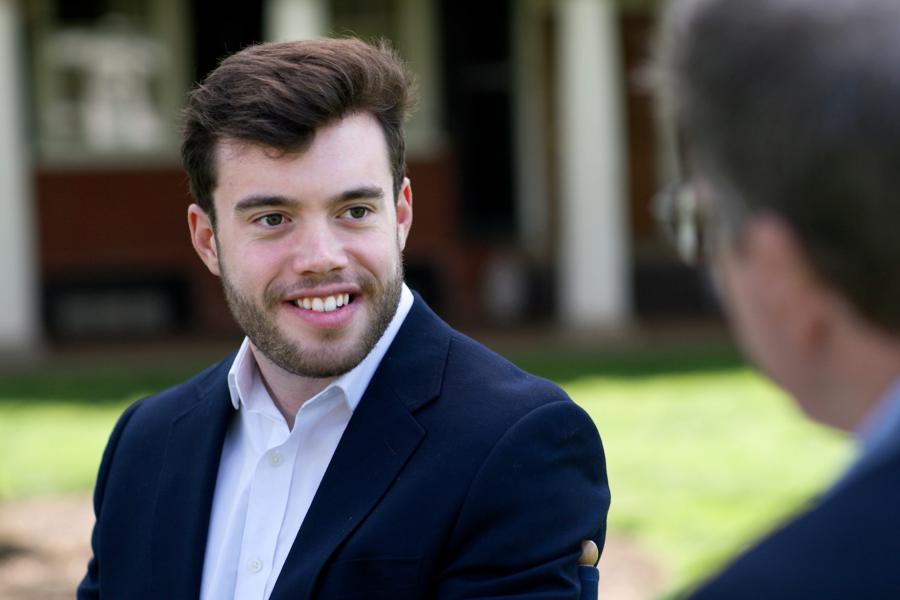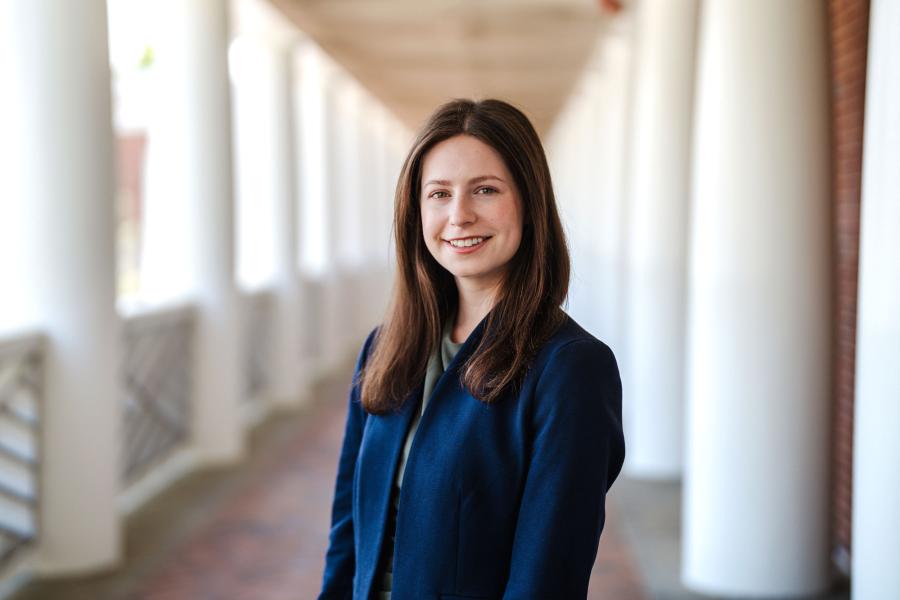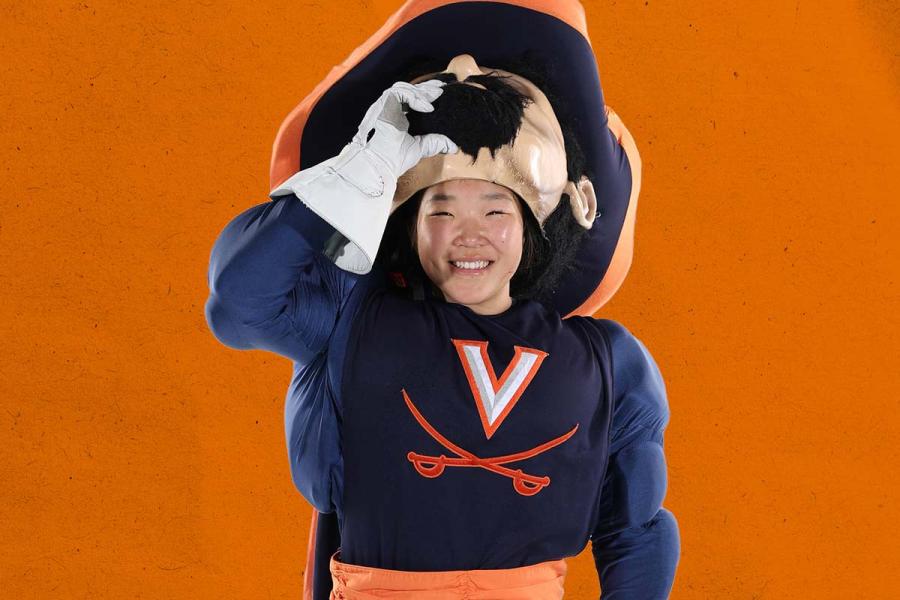“On surveys afterward, students also reported that the team-based, real-world administration format also helped them feel a greater sense of belonging and inclusion in that very large introductory course,” Clabough said. “This is something that cannot be adequately captured on surveys; students were playing while learning, and the energy was infectious in the room.”
With data indicating more student engagement in the course, Nakashyan and Clabough published a pedagogical paper on the educational escape room in the Journal of Undergraduate Neuroscience Education in 2023, and presented their work at meetings of the International Cognitive Science Society and the Society for Neuroscience. Since then, other professors have contacted Nakashyan about escape rooms for their classes.
Nakashyan tailors his rooms to his clients’ needs.
“I meet with the professors and ask them the purpose of the escape room,” Nakashyan said. “Is it to introduce them to the concepts? To teach them? For them to get more out of the lesson?
“Educational escape rooms are different from recreational escape rooms. In an educational escape room, they have to rely on what they know about the class subject and apply their knowledge to solve the puzzles. In traditional recreational escape rooms, everything you need to know is inside of the room.”
Nakashyan’s escape room work grew out of adolescent shyness and loneliness. He came to the U.S. from Uzbekistan when he was 11. Unsure of his new language, he fell back on other skills.
“I didn’t know English, but I was very good at making puzzles and riddles,” he said. “So, I made math challenges for my friends. That’s how I made my first group of friends. I didn’t have to rely on as much English to give them math riddles. I gave them puzzles and that’s how we bonded.”
Then, his uncle took him to an escape room for his birthday.
“I realized that you can put puzzles in a room and connect them with a story,” he said. “My puzzles were just kind of separated and there was no substance to them. The puzzles in the escape room have a story, a plot, meaning. There’s a reason why you solve them in the way that you do.”
Recently, Nakashyan designed an educational escape room for Tanya Evan’s neuroscience and education class in Ridley Hall. Students working in groups were presented with the tale of Mathilda, a young girl infected with a virus preventing her from completing mathematics problems. Nakashyan gave each group a packet of mathematical puzzles, the object being to complete the tasks and cure Mathilda.
